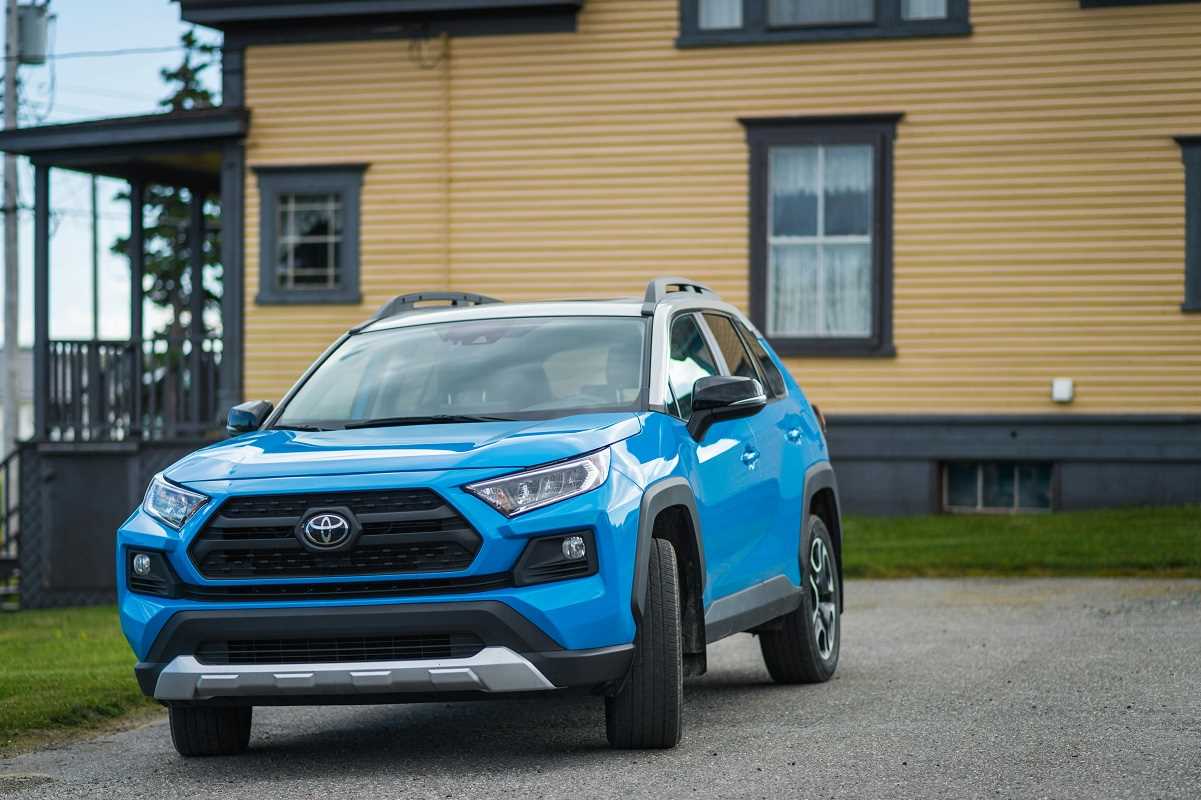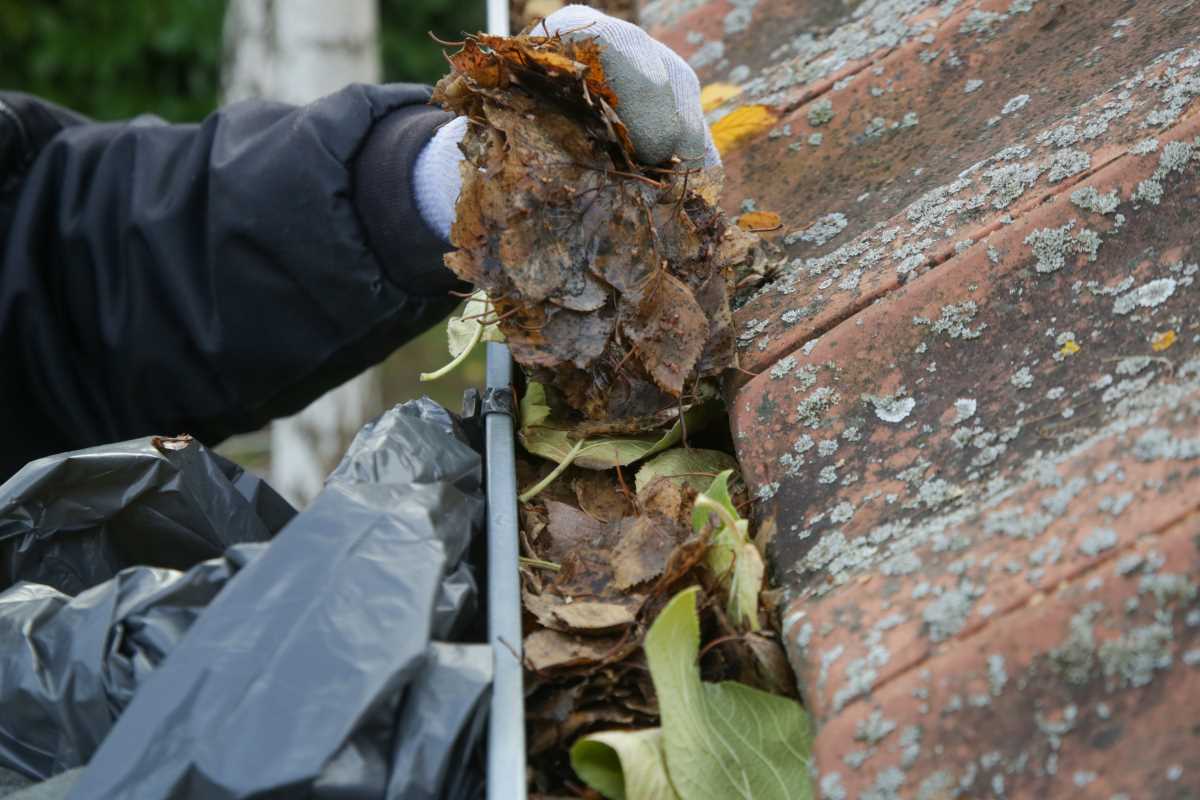Cold weather is coming, and if you’re juggling school drop-offs, grocery runs, and weekend road trips with kids in tow, the last thing you need is your car giving you trouble. Don’t worry—we’ve got you covered! Winterizing your vehicle is one of the best ways to keep your family safe, avoid unnecessary stress, and ensure smooth travels, even in challenging weather. Here’s how you can winterize your ride, keep everyone safe, and avoid stressful (and chilly) roadside mishaps.
1. Check Your Battery
Winter weather is notorious for draining car batteries. When temperatures plummet, it can significantly decrease your battery's capacity to hold a charge. A weak battery might leave you stranded in your driveway or on the roadside, which is the last thing anyone wants on a frosty morning.
- Why It Matters: Batteries lose about 35% of their efficiency at 32°F, and up to 60% when temperatures drop to 0°F. That’s why keeping your battery healthy is critical.
- What to Do:
- Schedule a visit to your mechanic to have your battery tested. A simple voltage check will reveal if the battery is strong enough to endure the colder months ahead.
- If your battery is over three years old, think about replacing it. Even a slightly weakened battery today could spell disaster next month when the temperatures really tank.
- Bonus Tip: Consider investing in a portable battery charger. It’s a game-changer in emergencies—not only can it jump-start your car, but it can also charge your phone in a pinch.
Imagine this scenario: you’re packed for a family weekend getaway, car filled with snacks and overnight bags, only to find your car won’t start. With a little upfront prep and battery care, you can head out stress-free.
2. Fill Up on Antifreeze
Antifreeze isn’t just another car fluid; it’s essential for keeping your engine running in freezing weather. Without it, the water in your car's cooling system can freeze, potentially causing severe engine damage that’s costly and time-consuming to repair.
- How It Works: Antifreeze lowers the freezing point of the coolant in your car's system. Mixing it correctly (usually 50% water to 50% antifreeze) protects your engine and radiator from freezing or corroding.
- What to Check:
- Pop the hood, locate the coolant reservoir, and make sure the fluid levels meet manufacturer recommendations. It’s easy to spot if it’s low, as most reservoirs have a “minimum” and “maximum” mark.
- Look at the color of the coolant. If it’s rusty, muddy, or cloudy, it might be time for a flush and replacement.
- Always refer to your owner’s manual for the specific type of antifreeze your car needs, as not all are created equal.
For those who live in especially harsh winter climates, consider having a mechanic test the concentration of your coolant. They can ensure it’s optimized for extreme cold conditions.
3. Inspect Your Tires
Your tires are your car’s direct point of contact with the road, making them vital for safety during winter. Icy or wet roads increase the risk of losing traction, so ensuring your tires are up to par is a must.
- The Tread Test:
- A quick way to check your tire tread is by using the penny test. Place a penny into the tread with Lincoln’s head facing downwards. If you can see the top of his head, your tread is too worn, and it’s time for new tires.
- Ideally, winter driving calls for deeper tread, closer to 6/32 of an inch, to handle snow and ice.
- Inflation Is Key:
- Cold temperatures can cause your tires to lose pressure quickly. For every 10°F drop in temperature, you can lose about 1 PSI. Make it a habit to check your tire pressure weekly and inflate them to the recommended PSI (usually noted on a sticker inside your driver’s door or in the owner’s manual).
- Winter vs. All-Season Tires:
- If you live in a snowy or icy region, consider investing in winter tires. They’re specially designed with softer rubber and deeper tread patterns, offering superior grip in slick conditions. All-season tires are a good compromise for moderate climates, but they may not offer the same peace of mind in a heavy snowstorm.
Picture this: You’re on your way to your child’s winter recital, and the roads are slick from a recent snowfall. With properly maintained tires, you’ll have the traction and control you need to get there safely.
4. Top Off Your Washer Fluid
Winter means dealing with grimy windshields full of salt stains, ice, and slush. That’s where your windshield washer fluid steps in. But beware—not all washer fluids are created equal.
- Winter-Specific Washer Fluid:
- Standard washer fluids can freeze in cold temperatures, rendering them useless when you need them most. Switch to a winter-rated formula that’s designed to resist freezing, even in subzero conditions.
- Replace Wiper Blades:
- Good visibility is critical, so don’t skimp on your wiper blades. If they leave streaks or squeak when in use, replace them. Consider buying winter-specific blades, which are stronger and designed to handle heavy snow and ice buildup.
Have a scraper and de-icer spray handy, too. After a big snowfall, even the best wipers can struggle to clear a fully iced-over windshield.
5. Get a Professional Oil Change
Think of engine oil as your car’s lifeblood. It keeps moving parts lubricated and running smoothly. Cold weather impacts your oil by making it thicker, which can strain your engine and make it harder to start.
- Pick the Right Oil:
- Your owner’s manual will specify the best viscosity for winter. Many cars benefit from switching to a thinner, winter-grade oil (e.g., changing from 10W-30 to 5W-30).
- Lighter oil flows more easily, reducing wear and tear on your engine during cold starts.
- Multi-Benefit Check-Up:
- While you’re at the service center for an oil change, have your mechanic inspect other essentials like your air filter, brake fluid, and transmission fluid.
By taking care of the oil change now, you’ll not only improve performance but also get peace of mind knowing your car is ready for whatever winter throws at it.
6. Pack a Winter Emergency Kit
If there’s one thing you learn as a parent, it’s that preparation is everything. The same applies to winter driving. Packing a winter emergency kit can turn a potentially disastrous situation into a manageable one.
- Essentials to Include:
- Warm blankets and gloves for everyone in case you’re stuck waiting for help.
- Granola bars, trail mix, or other shelf-stable snacks to keep everyone fueled.
- A flashlight (with spare batteries) for nighttime or low-visibility situations.
- An ice scraper and a compact, foldable shovel for clearing snow or freeing stuck tires.
- A portable phone charger to ensure you can call for help if needed.
- Extending the Kit:
- Kitty litter or sand can be lifesaving on icy surfaces. If your tires need traction, pour some under and around them for added grip.
- Flares or reflective triangles can help signal your location to others on the road.
Envision yourself caught in a snowstorm with your family. This emergency kit ensures you’re equipped to stay safe and comfortable until help arrives.
7. Check Your Heater and Defroster
There’s nothing worse than starting your commute only to discover your car’s heater isn’t working. A properly functioning heater and defroster not only keep you warm but are also essential for visibility.
- How to Test:
- Turn on your heater and ensure it blows consistently warm air. Gradual cooling could indicate a problem with the thermostat or heater core.
- Make sure the defroster clears fog or frost quickly. If it’s struggling, it might mean your cabin air filter is clogged, and replacing it could solve the issue.
Not only will a properly functioning heater make those early morning school drop-offs more bearable, but a good defroster ensures your windshield stays clear for safer driving.
 (Image via
(Image via





